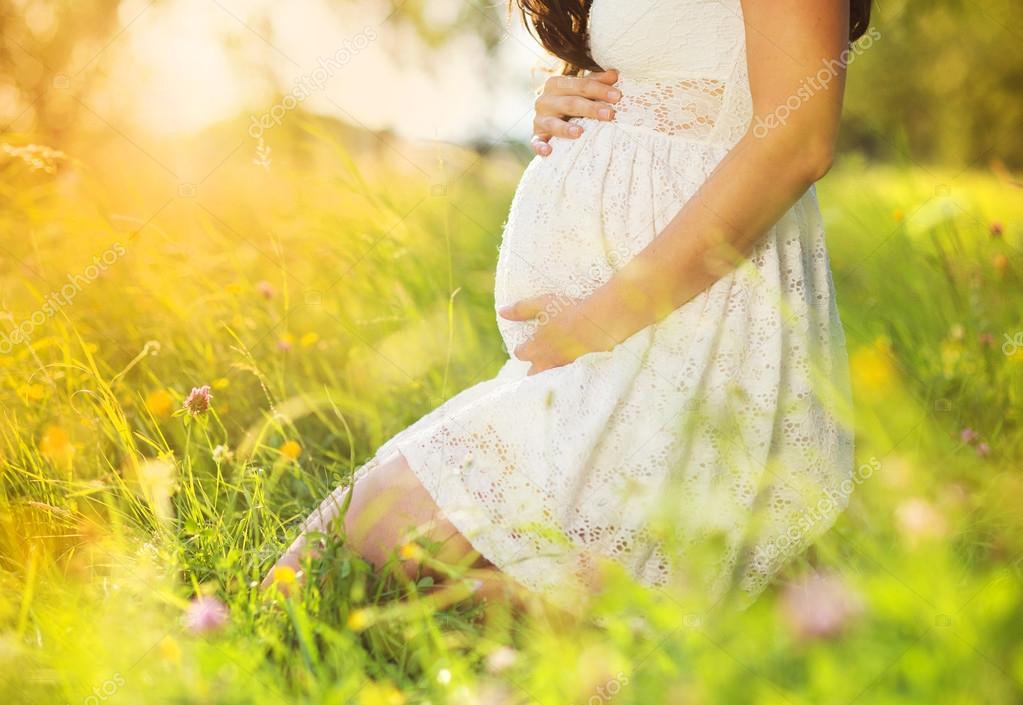


Patients, doctors, and researchers are always looking for new knowledge and insights that can give them an edge and improve the chances of IVF success. Even an incremental improvement in success rates can change lives. In the quest for progress, fertility experts are constantly asking new questions and exploring new avenues. One question researchers have been investigating is whether the time of year has any impact on IVF success rates.
When it comes to natural conception, a quick overview of birth records for the past few hundred years does show clear patterns in birth rates according to the season. Birthing statistics vary from climate to climate, and culture to culture across the world, but predictable fluctuations can be observed each year in every country. Nationally in the USA, August usually has the highest number of births, though occasionally July or September take the lead. So what does this have to do with IVF? Well, researchers have been looking into whether similar patterns apply when it comes to assisted fertility by evaluating the role of seasonal variations on fertility treatment outcomes. The results are fascinating.
The studies: springtime, sunlight, and success rates.
There have been a number of studies over the past two decades trying to determine whether there is any link between the time of year that fertility treatments occur and the effectiveness of those treatments. Results have been mixed, but two of the more recent studies might show a link between the season and the success rate.
{{cta(‘89361e69-2bb1-4faf-bfd6-71383dcfdc95’)}}
In 2010, a study published by a Brazilian fertility clinic examined the link between seasons and fertilization rates for IVF cycles where Intracytoplasmic Sperm Injection (ICSI) was used to fertilize eggs. The study looked at 1932 women and found that fertilization rates in the springtime were significantly higher. In the spring, the fertilization rate was 73.5%, compared to winter: 67.9% in winter, 68.7% in spring, and 69.0% in autumn. They also measured hormone levels in the patients and found that levels of 17-β estradiol (a type of estrogen) were significantly higher in spring. There is no proven explanation for why the spring fertilization rates were so much better, but the researchers suspect that changing sunlight could be involved. The increased levels of light could be having an effect on neurons in the brain responsible for the production of gonadotrophin-releasing hormones (GnRH). These neurons help the body control the secretion of gonadotrophin hormones. In turn, these GnRH hormones regulate the levels of estradiol in the ovaries. In the context of assisted reproduction such as IVF, having enough estradiol is important for reproductive processes such as egg maturation, fertilization, and embryo development.
A retrospective study in Belgium suggests that sunshine may indeed play a role in IVF success rates. This study looked back at thousands of IVF cycles over a period of five years. The researchers compared the weather patterns at the time treatment began and a month before treatment commenced with the egg maturation rates, fertilization rates, pregnancy rates, and live birth rates of all the patients. This was the first study to include live birth rates as a success factor. While they didn’t discover a correlation between weather and fertilization rates, they did find that when there was good weather (more sunshine, less rain) a month before ovarian stimulation began, IVF cycles seemed to be more successful. The scientists suspect that good weather conditions may influence a woman’s egg quality at a very early stage. Exactly how sunshine might affect egg development is still a mystery, though it is possible that vitamin D may play a role. Perhaps the longer hours of sunshine as winter gives way to spring could be responsible for the better results found in the Brazilian study, but more research is needed.
Should I wait until spring to start fertility treatment to have the best chance?
The short answer is probably not. For many patients, the best time to seek help with their fertility is now, and the evidence is not conclusive enough to justify putting off treatment until the season changes. However, if you have undergone several unsuccessful IVF cycles where poor fertilization rates seem to be a significant factor, starting another cycle in the springtime, while also taking steps to improve your egg quality, might worth a try. Above all, talk to your fertility expert about your concerns and questions. If you are worried about your ability to conceive, it’s natural to want to everything in your power to improve your chances of getting pregnant, but it is important to remember that everyone’s body is different. Statistics can give us a big picture view of fertility trends, but on an individual level, nothing can replace a thorough and careful diagnosis which looks at the specific factors involved in your unique case.
{{cta(‘8c9f7424-3e5a-436d-bf7d-e431640a6b1e’)}}



